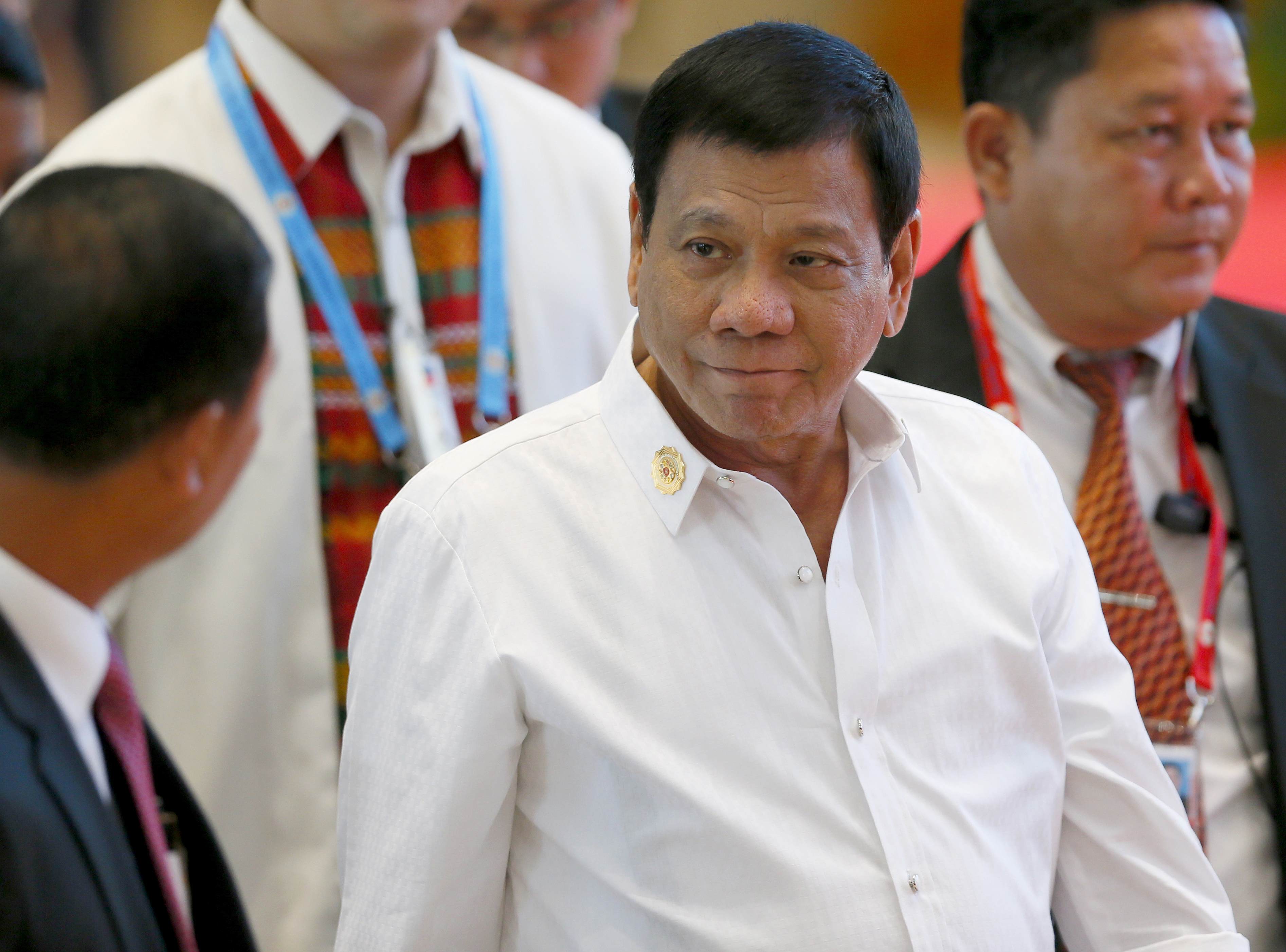Official media coverage between China and the Philippines could become less hostile, thanks to President Duterte’s new bilateral approach to the maritime conflict with China, newly designated Philippine Ambassador to China, Chito Sta. Romana, said.
Definitely, Duterte’s state visit to China from Oct. 19-21 is “pivotal,” Sta. Romana told the Inquirer in a short phone interview. “Immediately, it could change the tone of coverage of the Philippines (and make it) less hostile.”
But Sta. Romana cautioned against expecting too much from the President’s first state visit to Beijing. “It’s just the beginning,” he said of the journey to build peace and stability in the region around the contested South China Sea.
Before Mr. Duterte’s declared shift toward friendlier ties with China, both Philippine and Chinese media and social networking sites were awash with racial slurs and cultural insults, with Filipino posts attacking China for being exploitative and greedy. Chinese media meanwhile dismissed the Philippines as a “childlike nation of maids and banana sellers” and a mere pawn of the United States.
Good reviews
A two-track approach being propounded now by both sides was to move forward on “noncontentious issues” such as cooperative ventures in business and development, while compartmentalizing “contentious issues” like conflicting territorial claims. Resolving these issues “cannot be done overnight. It will take time and will need listening on both sides,” Sta. Romana said.
Sta. Romana’s appointment, which has been getting good reviews in China’s media, would no doubt help these initiatives to ease tensions in the region. The China Daily quoted two senior researchers in Southeast Asian and Philippine studies as saying that the new envoy, “a China hand” and “a bridge” between the two countries “will help Manila better understand China’s policies” and “reduce misunderstanding.”
How Sta. Romana became a “China expert” is a unique and interesting story. The former college editor and student leader of De La Salle University was part of a student delegation to China in 1972. They were there when martial law was suddenly declared in the Philippines. Like many members of the delegation, Sta. Romana was identified with the Left and feared arrest upon return to the Philippines. His two-week tour thus unexpectedly turned into over three decades of residence in China.
During that time, Sta. Romana studied Mandarin and got a job as translator for a Chinese publishing house under the Chinese Academy of Social Sciences.
Those were difficult times for the students who battled homesickness and uncertainties during the tumultous years that saw the second half of the Cultural Revolution in China, the death of Mao Tse Tung in 1976, the fall of the so-called Gang of Four, the rise of Deng Xiaoping, and the beginnings of market liberalization.
Sta. Romana eventually made his way to the United States, where he earned a master’s degree in international relations in 1987. He returned to China in 1989 as a journalist for the American Broadcasting Corp. (ABC News), reporting on major events such as the Tiananmen Square protests and the developing crisis in US-China relations.
Retirement
After his retirement from ABC News in 2010, he returned to Manila to take up a lecturer’s post at the University of the Philippines’ Asian Center. He was president of the Philippine Association of Chinese Studies, comprised of the country’s leading China experts.
The offer to return to China, this time as ambassador, had come unexpectedly. Earlier, he had been asked to accompany former President Fidel Ramos in exploratory talks in China. Later, Mr. Duterte submitted his name to the Commission on Appointments (CA) as ambassador to China.
Of course he would accept, Sta. Romana said. “The President asked for my professional help and I will definitely offer him my best advice,” he said, adding “it was for the country … for the people.”
In next week’s China visit, however, he will not be beside the President as his appointment has yet to be approved by the CA and formalized via diplomatic protocols.
“I will be there but on the sidelines (and) on call,” he said. After all, this is a presidential visit and the big bosses—Foreign Secretary Perfecto Yasay and Defense Secretary Delfin Lorenzana—will themselves be coordinating the event.
But the incoming ambassador will be watching intently. How the visit goes will set the tone and framework for his job in the coming year—another unexpected and possibly tumultuous China journey for Sta. Romana.
